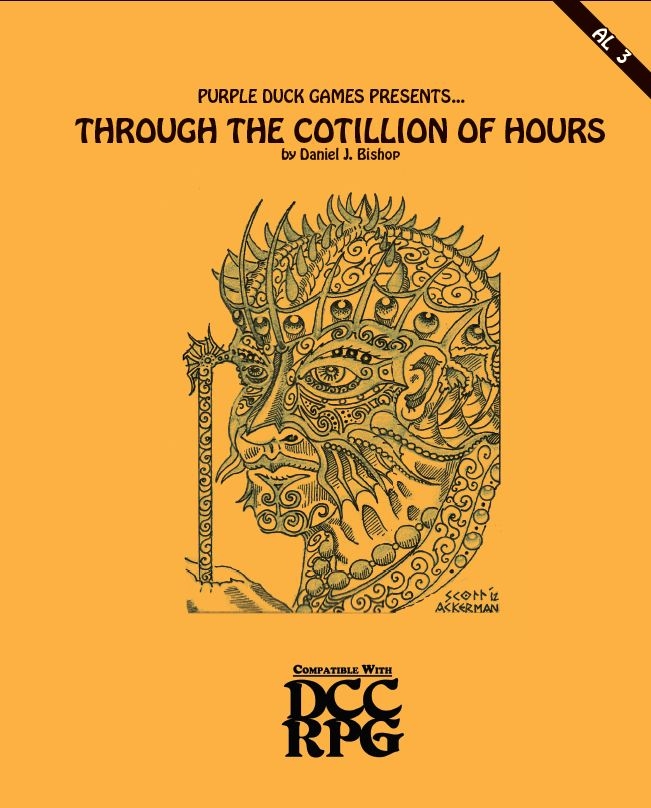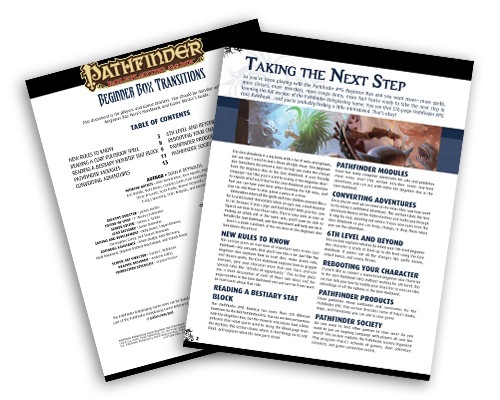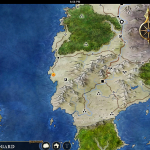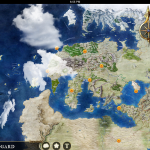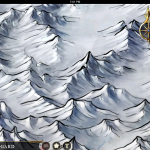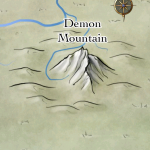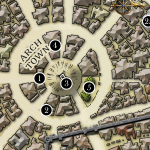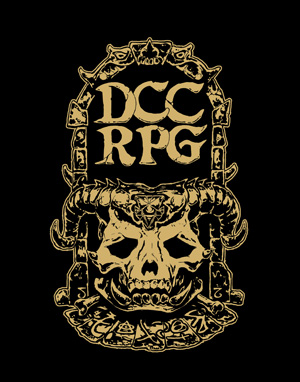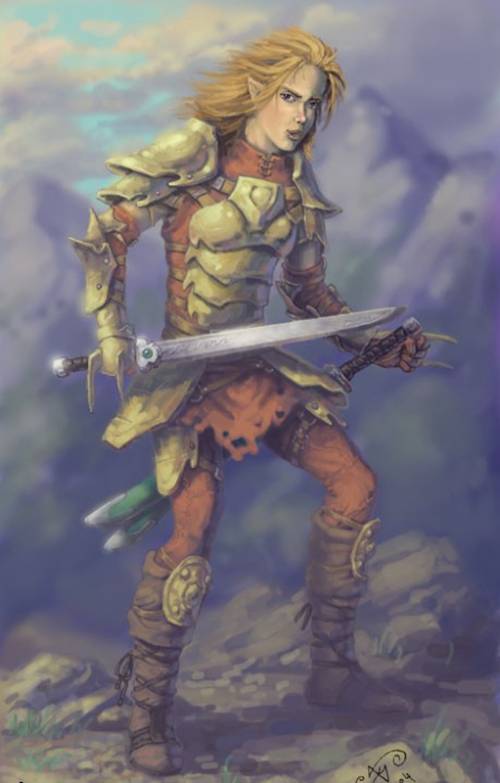The post below is written by UbiquitousRat, a guest blogger for The Iron Tavern.
 Having had roughly 36 hours to read and digest (at the time of writing) the new Rolemaster rules, this article presents an overview of what Spell Law is all about.
Having had roughly 36 hours to read and digest (at the time of writing) the new Rolemaster rules, this article presents an overview of what Spell Law is all about.
Spell Law was the second book released for the new Rolemaster public playtest, and it sits alongside Character Law and Arms Law at the core of the rules.
What’s in Spell Law?
The top 10 cool features of Spell Law are:
- 171 Spells Lists, or roughly 4, 275 spells
- Three Realms of Magic
- Base, Open, Closed and Evil spell lists, helping GMs to manage the power
- Loads of utility and informational spells, not just combat magic
- Options for GMs which magnify the roleplaying aspects of magic
- Possible spell failure, making magic risky but manageable by clever players
- Cool and simple magic enhancement items
- Magic Ritual rules to allow for larger magical endeavours
- Spells for 15 of the 21 Professions in Character Law
- The possibility for even a Fighter to learn a spell or two
Spell Lists
It was with genuine glee that I printed off and poured over the 171 Spell Lists in the book. A Spell List is a collection of related individual spells which are learned in progression from the easiest rotes towards the most powerful effects.
Each list has 20 levels of spells, one through 20, and then additional spells at levels 25, 30, 35, 40, and 50. In short, you can cast a spell at the level equal to your Skill Rank in the related Spell List. Doing the arithmetic, you will see that Spell Law contains around 4, 275 spells. But that’s not all.
Spell Lists are also classified based upon their ease of learning and power. Open Lists are the easiest to grasp, while Closed Lists (and also Evil Lists) are the toughest to learn. Each magical Profession also has their own customised Base Lists, which are of medium difficulty to learn.
Realms of Magic
Rolemaster presents magic through three distinct yet interconnected Realms of Magic. These are the Essence, Channelling and Mentalism realms.
Essence is the classic Mage magic, utilising the raw energies of life to create elemental and other cool effects. The elements of Cold, Earth, Fire, Light, Water and Wind are all at the mercy of the Essence worker.
Channelling is all about pulling down power from an external power, usually imagined as a deity or other supernatural entity. Of course, as with everything in Rolemaster, this is up to your own setting and GM’s call, but the spells are tangibly different in feel to those of the Essence Realm.
Mentalism is the magic of the internal self, projected into the world, the power of the mind and will. Mentalists (yup, I still love that name) are all about influence and shaping perceptions. In some ways these are the most limited spells in terms of range and scope, focused on individuals or small groups, but their power can be profound.
We also need to mention that there are Semi- and Hybrid- spellcasters. Semi-spellcasters, like the Paladin, Ranger or Bard, mix their own Base Spell Lists with skill at Arms. Hybrid-spellcasters, like the Sorcerer, mix two of the realms of magic (in this case Channelling and Essence to make lovely destruction magic).
An All-Round Magic System
There are a lot of aspects to Spell Law that I really enjoy. At the risk of skimming over the details, here’s a run-down.
Firstly, I like that magic is risky and yet manageable through clever play. You need to make a Spell Casting Roll each time you cast, but you can decide how long you want to spend wiggling your fingers and chanting. You can decide cast fast at higher risk, try to cast with either hands full or your mouth gagged, or even try to be subtle and sly so that others don’t notice. All of these options are handled by simple modifiers to a basic Spell Casting Roll. One d100 roll, pass or fail. Spell failure gives you a roll on a nasty table tuned to your realm of magic.
Secondly, I love the way that Rolemaster helps the GM to make magic more believable as a roleplaying issue. For example, spellcasters learn spell lists as they ascend in level. However, the GM is reminded that the spellcaster needs access to the spell list within the context of the setting in order to progress in their learning. Thus, as a GM, I am reminded that I can arrange for spell books to be stolen, lost or destroyed if I want to frustrate the linear development of magic for the heroes. This kind of detail is not onerous, is also optional, but is written right into the fairly “Old School” tone of the rules.
A third thing I enjoy is that there are cool rules for Magic Rituals too. These involve multiple casters working in concert. They also allow for slower-to-cast effect with altered parameters. One example would be casting the Level 4 “Concussion’s Way” spell, Heal III, for up to a x5 healing effect; this makes 15 Hits recovered into 75 Hits healed, all for the trade-off of visiting the local temple and getting the priests to perform the ritual over a few hours. This gives the GM all manner of roleplaying options, and the players have incentive to use local priests and temples even if they reach high levels.
Overall, I like that this is a system geared towards all-round spellcasting, not just combat casting. Anyone can learn a spell or two (if you allow it in your campaign) but magic reaches into all aspects of play, not just the combat scene.
Last Words
Spell Law excites me because it puts a lot of options back into roleplaying. Instead of simplistic generic effects conveniently labelled as “magic”, this book gives you a coherent magic system which feels magical.
Spell Law is available as a FREE download for the duration of the Rolemaster Public Playtest. Why not grab the .PDF and have a look for yourself?
Bio
 UbiquitousRat is a long-time roleplayer and gamesmaster who has a history with gaming going back to 1979. In 1994 he joined Games Workshop, spending 12 years in the gaming industry at the coal-face of tabletop wargaming. In 1998 he founded the Friday Night Roleplay group at his home in suburban Nottinghamshire, UK, and ever since has been the primary GM. The group was involved in the playtest of Warhammer Fantasy Roleplay 2nd Edition and Warhammer 40,000 Roleplay, as well as giving air to the development of 6d6 RPG. The core five players are all looking forward to the new Rolemaster and everyone is excited to be sharing the story in The Iron Tavern. Oh, and he’s also a high school teacher during the daytime.
UbiquitousRat is a long-time roleplayer and gamesmaster who has a history with gaming going back to 1979. In 1994 he joined Games Workshop, spending 12 years in the gaming industry at the coal-face of tabletop wargaming. In 1998 he founded the Friday Night Roleplay group at his home in suburban Nottinghamshire, UK, and ever since has been the primary GM. The group was involved in the playtest of Warhammer Fantasy Roleplay 2nd Edition and Warhammer 40,000 Roleplay, as well as giving air to the development of 6d6 RPG. The core five players are all looking forward to the new Rolemaster and everyone is excited to be sharing the story in The Iron Tavern. Oh, and he’s also a high school teacher during the daytime.

